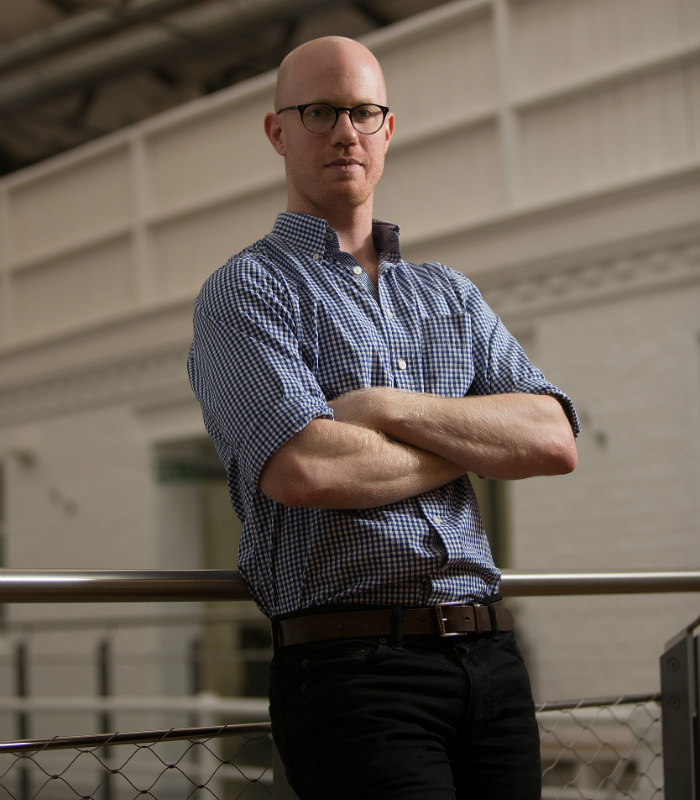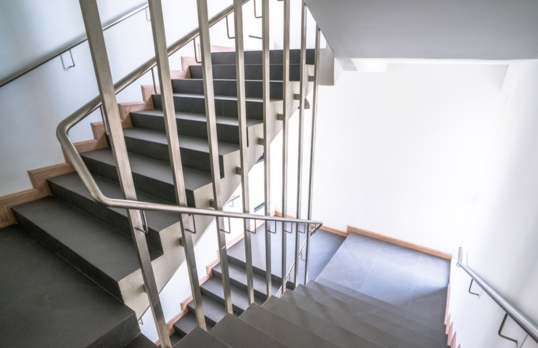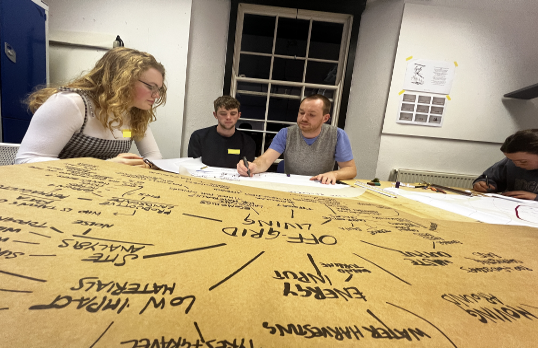Alister grew up on a remote sheep farm in outback Australia, two hours drive to the nearest supermarket. Architecture was not a dinner table topic, the wrinkly tin woolshed was his St Paul's Cathedral. Since working in the architecture profession as a senior designer he is proud of the teams he has been a part of at Ryder Architecture and i2C Design & Management (Sydney). He is a big fan of Jan Gehl and agrees with his values and process which are evidence based, putting humans at the centre of his work. Alister believes these are gaining currency in architecture but we need more. Jan Gehl used an old Nordic quote in his book Cities for People that he always come back to: “man is man’s greatest joy”.
My Mum and Dad were first generation farmers so lanolin was never in my blood and I always knew I’d go to uni for something. I was a jack of all trades at school which didn’t lead me down a specific path, so when an architect family friend said I’d make a good architect it seemed like a good idea.
I’m a Western, middle-class, straight, white male; a very privileged majority! I feel the fact I was born, all but guaranteed me a place in the top 1% of wealth on the earth. By some standards my thoughts shouldn’t count, but equality by definition includes everyone and things improve a lot faster with majorities as part of the conversation. My struggle with poor mental health (which funnily enough puts me in the majority as well) has given me some small insight into suffering and it forced me to examine the human condition and how the world works.
Having worked for larger offices no individual really owns a project so I’d say I’m more proud of the people aspect than any specific building. Both i2C and Ryder care about people, which is vital to me and is reflected in the way they operate. These places have nurtured my natural inclination to be a positive influence for those around me. For example, mental health is an issue close to my heart. It took me a decade of literal sweat and tears to sort out my own poor mental health and now I wear it on my sleeve. My own experience means I have been able to alleviate the pain of more than a few colleagues. And the running club I started at i2C is still going strong years since I left, something I’m very proud of.
Architecture is a big puzzle and it’s satisfyingly tangible. To do it well I think you need to be a jack of all – art, science, business, psychology, philosophy, the list goes on and good architecture is a distillation of all of these. When it’s done well it’s intimately human and I’m passionate about wellbeing in the broadest sense. I love the people you get to work with, practical idealists, especially in a time where idealism is at a low ebb.
I believe issues of diversity, equality and inclusion are integral to the sustainable growth of humanity. Research and intuition tell us they are good things so why is it even an issue? It’s a human issue not an architectural one. For me, the imbalances we see in society can in large part be redressed by rewriting our internal stereotypes that are part of our evolutionary wiring. We are tribal animals and our brains are pattern recognition machines optimised for the prehistoric savannah not the modern world. But biology is not destiny, to quote psychologist and thinker Jordan B. Peterson “the well developed individual is the antidote to the tyranny of society and biology.” Most other attempts I see to redress the imbalances boil down to prejudice in disguise, celebration is a key, along with providing fair and equal access to opportunity, so this is a great campaign. We need to celebrate the best of all walks of life to rewrite the script.










